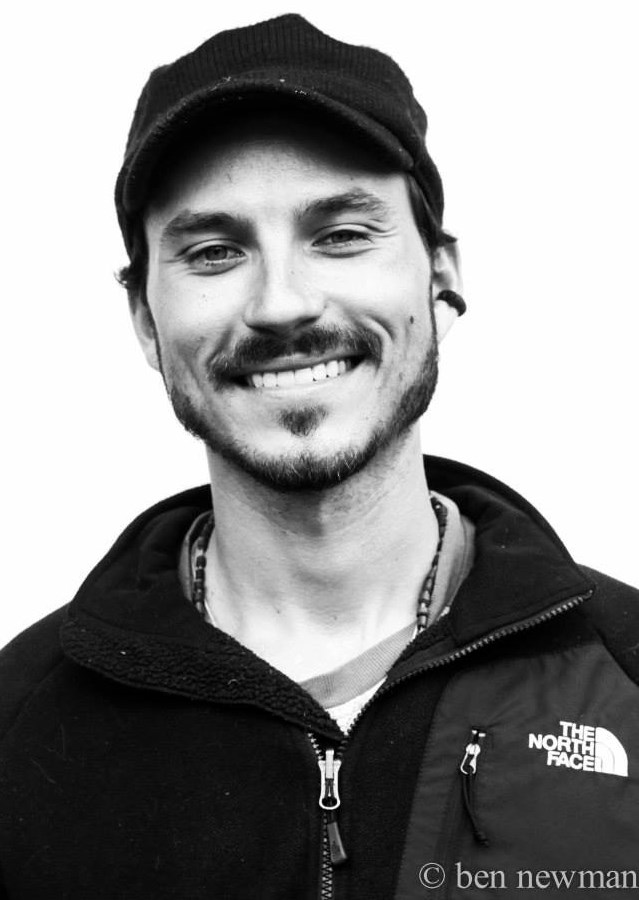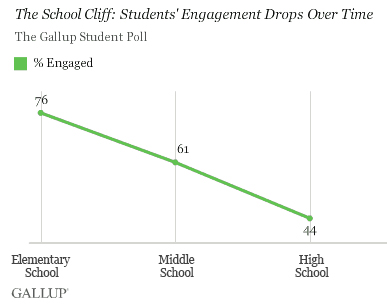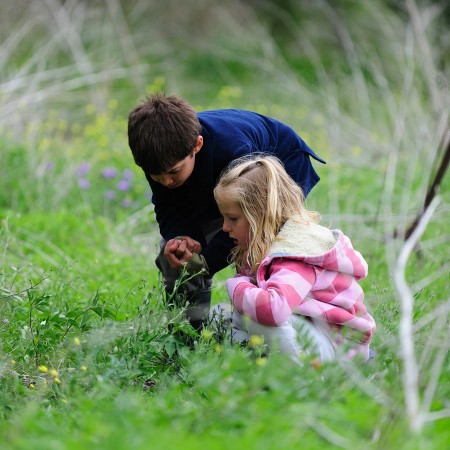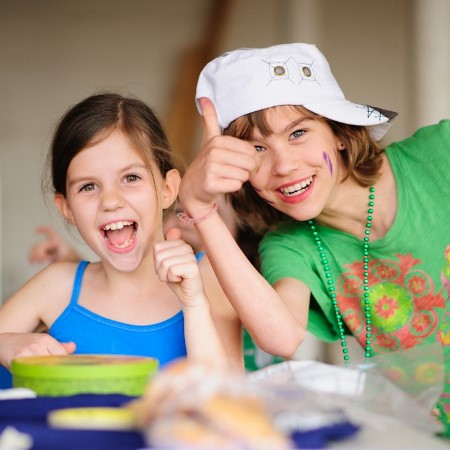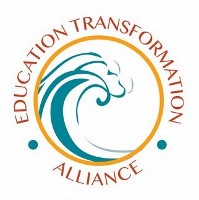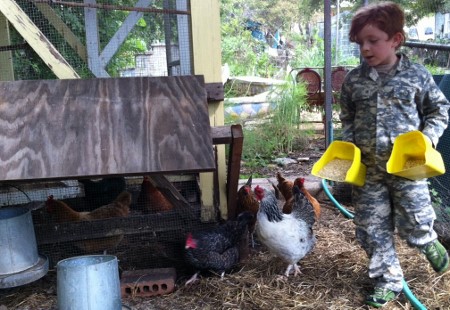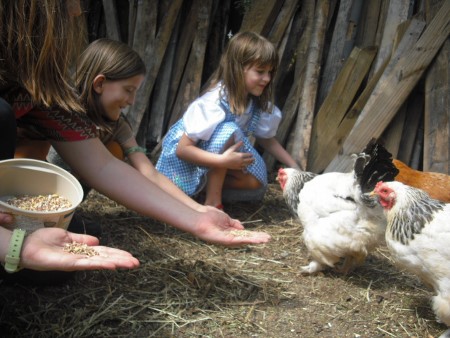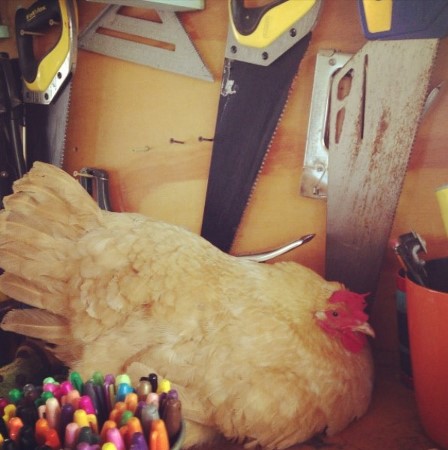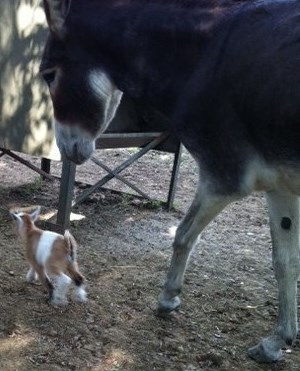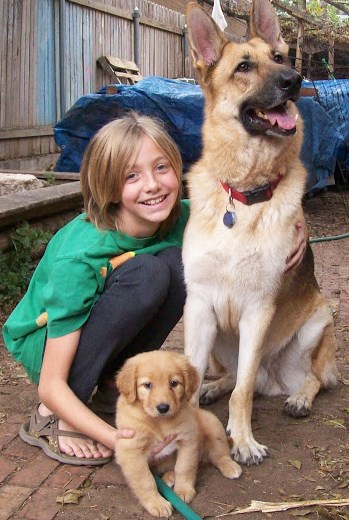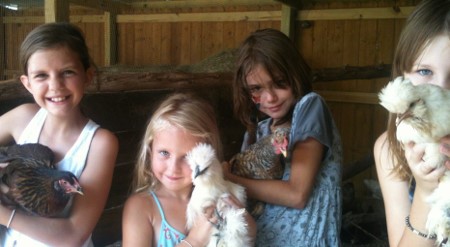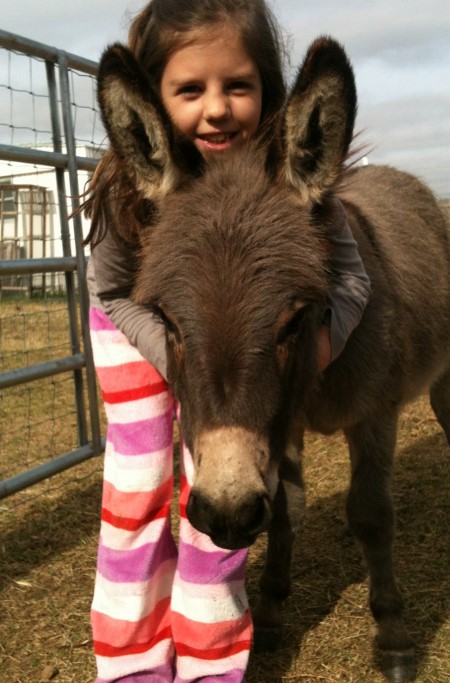A “really good” education
/Heather Feinberg is a counselor, author, and founder of Mindful Kids, a nonprofit organization in Austin whose purpose is to serve children, teens, and the adults who care for them by exploring, practicing, and learning about meditation and energy management tools in inspiring and transformational ways. In her guest contribution today, she brings her perspectives as both a parent and a mindfulness professional to the question of what makes a “really good” education. To learn more about Heather’s work, visit her website or send her an email.
A few weeks ago while my daughter and I were shopping, we met another mom with her daughter. As happens frequently with littles, we stopped to chat and play amidst the racks. As the mom and I watched the girls navigate each other, we did our own exploring. She asked me if my daughter (who was clearly older than hers) went to preschool, and I said she did a few days a week. I returned the question, and she told me her plans for her daughter along with some other family details. It turns out she came here with her husband and young child and left their friends and families behind in India. She was eager to have an open mind to speak to, and I quickly became her consult on preschools in Austin.
After a few minutes covering preschool options in the area, she mentioned elementary school. She said something like, “I mean, I want my daughter to get a really good education.”
I heard her, acknowledged it, and responded, “Yes! I think most, if not all, parents would say that they want their children to get a really good education.” The thing is, I continued, what each person means by that is probably very different. For example, I continued, I would imagine that your idea of a really good education is probably distinctly different from mine.
I walked right into it, although I didn’t see it coming. She said, “Okay, so tell me, what is your idea of a really good education?”
“How much time do you have?” I immediately joked back, thinking there was no way I was going to be able to summarize my answer, nor did I want to try. Somehow, my humor was lost in translation, as she was clearly awaiting my response. So I took a deep breath and was surprised at how easy it was for me to tell her. I wish I had been recording myself; what I said went something like this:
1. Safe and Open Environment
To me, a really good education is about having an environment that is safe in all ways—physically, emotionally, psychically. Where the teachers are the guides, not the know-it-alls, the ones holding the space, grounded in a set of shared intentions for an experience, not a specific outcome. A place where it is safe for each child and each person to be exactly who they are, and are honored for their place and presence in the community. A place where each child is treated with kindness, patience, and appreciation and is truly seen. In order for this to happen, I understand that it will take teachers, mentors, leaders, and guides who are aware, conscious, and present.
2. All Senses Ignited
A really good education means a place where the children’s senses (all six of them) are ignited. Not at the same time, of course, and not to a point of overstimulation, but in an organic balance of sensory exploration. School is a place where who my child is, what she is passionate about, what makes her come alive, should be explored every day and in many ways. Cooking and eating, singing and dancing, creating meaningful movement, art of every sort, a lot of appropriate touch, and an honoring of each child’s unique knowing (intuition) and fantasy creations are integral and imperative.
3. Autonomy and Independence
A really good education fosters autonomy and independence in every child at their unique comfort and developmental level. I visited a private alternative school in Florida earlier in the year where they call any exams given to the students “celebrations” because they see them as an opportunity for the students to celebrate what they have learned. They teach the children how to prepare their brains and their bodies for the celebrations, knowing that they can be a heightened experience. They begin in preschool teaching about the brain, how to notice what part of their brains they are in, and then exploring meditation and mindfulness techniques with the students to help bring awareness and centering. It was powerful to see that in practice.
That is just one example of what I mean when I say autonomy and independence. A really good education means our children will learn skills that will equip them in being in the world in a meaningful and powerful way. I want to see our children develop an understanding of currency early on and learn how to create a relationship to it that will serve them their whole lives. I want our children to understand that while we are each unique learners, we are a part of one world community, and while we need to foster self-reliance, we must also accept and invite the support of everything and everyone around us. I want our children to learn to advocate for who they are and for what they believe with their strong, capable voices.
4. Learning to Love
Within a really good educational system, children come to learn about what they love and even more than that, develop a love of self. Shouldn’t part of a formal education be about learning to have a relationship with yourself? What I know is that having a relationship with anyone else depends first on how I learn to treat, love, and respect myself. So we do a disservice to our children when we put so much emphasis on their learning how to navigate relationships outside of themselves without at the very least acknowledging and appreciating the connection to the most important relationship we will ever have, the one with ourselves. Yes, learning compassion and empathy is integral, but that love must also include ourselves.
What would our world look like if this were emphasized not just in our homes but also in our schools? A learning of what each child loves, a learning of what it means to love, a learning of how to love, both self and others, and lots and lots of space to practice over and over again—that is education at its highest.
5. Nature Education
I am a full believer that if there is something valuable to learn, about 99 percent of the time nature can teach it to us. It is therefore vital for our children to spend time outside and in nature. Outdoor classrooms, plenty of time in the sun, rain, dirt, and mud, exploring, creating, absorbing, and just being. Learning how to plant seeds and watch them grow. Learning how plants can heal. Learning how to care for, connect to, and treat animals. Learning how to protect our planet. These are just a few examples of all the natural world has to offer, teach, and share with us.
6. Inspired Learning
How we learn something is more important than what we are learning. It is the difference between absorption of knowledge and regurgitation of facts or figures. A really good education means that the way my child is taught to read, to do math, and to write is evolved, is itself a transformative experience.
The environment itself speaks to the learning potential. I don’t want my child to learn in the ways I learned, not because it wasn't effective for me but because we have a whole new set of tools to use. A really good education means current, innovative programs, models, and systems that are being created in present time. It also means that learning is inspired by intrinsic interest, passion, and joy and not based on external rewards, test scores, or societal norms and expectations. We are born wired to learn. When we set up an environment for children where learning becomes something to do (with incentives, competitiveness, and pressure) instead of something to be (with expansiveness, willingness, and curiosity), it changes the spirit in which we come to know ourselves and our world.
7. Internal Dialogue
Like most things on this list, teaching internal dialogue should be a shared responsibility at home and at school. However, in an era when many children begin at a young age to spend a great deal of their time away from their primary caregivers, this topic becomes even more imperative for the school environment.
Children model their behavior first and foremost on what they see, hear, and feel around them. This includes how they begin to formulate their thoughts and turn them into what they believe. I see this as one of the biggest tasks of an education, both from school and home: to help our children learn to have awareness about how their thoughts shape what they know, how they feel, and how they see the world.
Put more simply, we need to devote a significant amount of time in our formal and informal educational centers to fostering the internal dialogue of our children. If a school can do so in an intentional way, that is the first step. The next step is how.
What tools are they giving children to help them connect to their own minds, and how, when, and where is there space to practice using them throughout the day? How will our children understand their brains and their bodies, their emotional states, their feelings, their internal pulls, and their desires in neutral and non-threatening ways? How will we explore tools that will guide them in the development of managing all those interesting places and spaces? And how will we teach them to be disciplined in their practice?
The word discipline comes from the word disciple. We must guide our children to be disciplined in how they talk to themselves, how they care for themselves, and how they treat themselves so that they will come to trust and rely on their inner guidance and strength.
Therefore, schools who are visibly and intentionally enriching their curriculum around mindful practice—be it presence, yoga, breathing, meditation, visualization, journaling, all of the above, or something different—are the ones who are truly serving the whole child. That is a really good education.
8. A Shared Philosophy/Vision
In order for all the above to occur, there must be a shared vision and philosophy for the school community. What is the true foundation of the learning, and what are the intentions of the school? Usually this is created by the founder of the school, but it must be fully accepted, acknowledged, and acted upon by all those who share the space.
The children will understand, at their appropriate level of development, how this affects what, how, and why they learn as they do. In a really good school, parents are aligned with the vision and fully support the movement of the community. The adults who work within the school truly believe in the work they do. They choose with each lesson, even each glance, how to create the space and ground the learning.
Learning is about absorbing what happens around you, imprinting the energy of all things, so what is being spoken and what is unsaid are equally meaningful. Yes, I fully get how large an undertaking this is. Even as I write this I wonder to myself: how much can we as parents ask for in this capacity? Deep inside I know: we must ask for all that we can imagine. These are our children and the future of our world.
I also mentioned things like small class size, and maybe even small school size with a low student-teacher ratio. And I have plenty more specific desires that I would like to see. But here is what it all comes down to: A really good education is the one where my child, and your child, thrives. This will inevitably be different for different children—which is one of the reasons we are so lucky to be living in a city where there are so many different choices and options for a really good education. Not to mention to be living in a time where there are so many types of education that have value and are valued. (Of course, luck doesn’t have anything to do with it, but that’s another blog topic.)
After I finished, the mom asked me for my phone number so we could get together again and talk more. I guess whatever I said meant something to her, and I’m hoping maybe it means something to you, too. It surely helped me to get clear on what I want for my daughter and the kinds of environments where I believe she will thrive.
I hope more of us spend time thinking about what would be ideal for our children’s education instead of accepting what is made available to us, with blinders on to what may be missing. Your children’s education will have a profound impact on the parts of them that are nurtured, nourished, and fostered and the parts of them that are stifled, challenged, weakened, or cut off.
We as parents are active participants in their learning on all levels. What we choose here matters. And as we choose, we effectively change the system of education around us. It exists to serve our children and our families. Sometimes we forget that. Sometimes it's hard to remember. So tell me, what does a really good education mean to you?
Heather Feinberg





